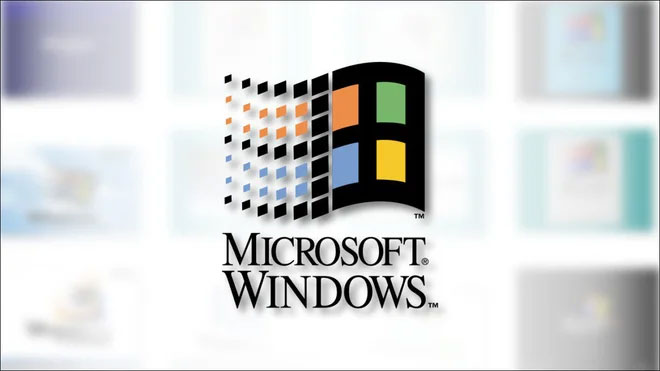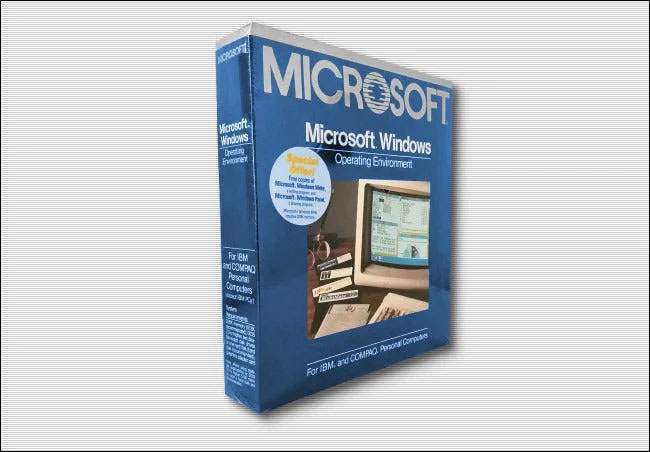A marketing leader at Microsoft chose “Windows” as the name for the computer operating system because the term was frequently used during the early days of graphical interfaces.
With the advancement of modern technology, computers have become ubiquitous in daily life, and Microsoft Windows has become a familiar name. Most of us have either used or at least heard of this operating system.
Have you ever wondered: Why is a computer operating system called “Windows”? According to Howtogeek, the origin of the name Windows dates back about 40 years.
The Predecessor of Windows
In 1981, Microsoft began developing rudimentary structures that would later become the foundation for features on Windows. Initially, the program was called Interface Manager. Essentially, it was a graphical interface that operated on top of the MS-DOS operating system.

Microsoft chose Windows as the name for the multitasking graphical interface management program. (Image: Microsoft).
Users could control the interface visually with a mouse instead of operating entirely through command lines. It also supported multitasking by displaying different applications simultaneously in separate boxes, arranged in various areas of the screen. This design was pioneered by Xerox PARC on their Alto and Star computers, later improved by Apple.
At that time, the personal computer industry began popularizing the development of multitasking graphical interfaces. The program boxes displayed on the screen were called “windows,” and the software managing them was referred to as “windowing systems.”
In the early 1980s, there were many software providers of this type for personal computers, including IBM with TopView, Digital Research with GEM, and VisiCorp with Visi On. Microsoft’s Interface Manager was also among them.
The Birth of Windows
In 1982, Microsoft hired a marketing vice president named Rowland Hanson. He was a veteran figure in the cosmetics industry. Hanson brought a new perspective, helping to shape the company’s brand by prefixing Microsoft to products like Microsoft Word and Microsoft Excel.

The box containing a disk for the Windows 1.01 operating system, released in 1985. (Image: Microsoft).
While researching a new name for Interface Manager, Hanson read articles discussing the wave of multitasking systems on personal computers and sought commonalities among them. He noticed that the term “windows” was frequently used when referring to applications and management programs.
Thus, he chose Windows as the new name for Microsoft’s operating system. Whenever someone mentioned the multitasking graphical interface system with application windows, they would inadvertently promote Windows.
Ultimately, Bill Gates decided to develop Interface Manager into Windows. From then on, Microsoft Windows was born and has existed to this day.
The Redmond giant introduced Windows on November 10, 1983 — before the product was ready for release — to attract hardware and software vendors, who were also working on various interface management systems.
When Windows 1.01 launched in 1985, it was not a groundbreaking product, but over time, this software gradually evolved into an independent operating system from MS-DOS.
Today, Microsoft Windows has become a colossal brand. This operating system generates billions of dollars for the parent company and will continue to be a key product in the future.


















































